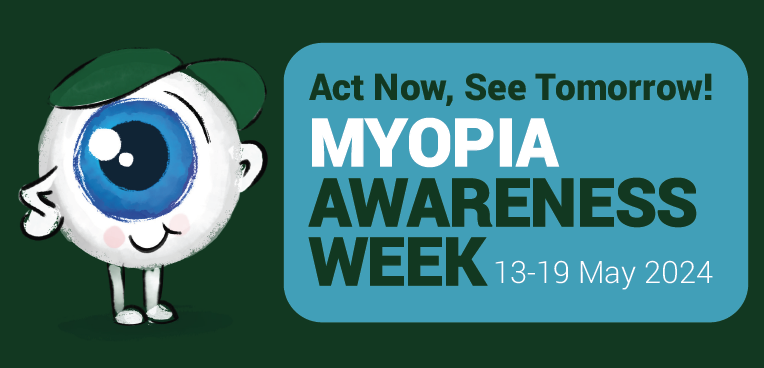Report of the Joint World Health Organization – Brien Holden Vision Institute Global Scientific Meeting on Myopia, 2015.
A three day joint WHO-BHVI meeting was convened from 16 to 18 March 2015 at the Brien Holden Vision Institute, University of New South Wales, Sydney, Australia.
A total of 23 scientific and clinic experts in myopia from all six WHO regions worked together to review and deliberate on the evidence on the major issues in myopia. The results of these deliberations were reported to the plenary for discussion and agreement was reached on a series of definitions, statements and recommendations.
The agreed conclusions were:
- The group agreed on definitions of myopia and high myopia and on a category for and description of the pathologic consequences of myopia.
- The epidemiological surveys currently used to measure the status of vision (e.g. the WHO protocol and Rapid Assessment of Avoidable Blindness) do not allow the definition of high myopia as a possible cause of vision impairment, partly because these surveys do not include a description of this condition or any measurement of refractive error. The group agreed that action should be taken to include myopia and high myopia among the attributable causes of vision impairment in the surveys currently used.
- Measures for the detection and management of myopia should be an integral part of plans for the provision of eye-care services. They should be part of general health care for vision impairment due to (i) the uncorrected refractive error associated with (the increased prevalence of) myopia; and (ii) the pathologic consequences of myopia.
- The term “myopic macular degeneration” (MMD) should be used clinically and in research to categorize the blinding retinal diseases associated with high myopia. Currently, a number of terms are used, including MMD, myopic maculopathy, myopic retinopathy and myopic choroidal neovascularization.
- Epidemiological data are lacking on the prevalence of myopia, high myopia and vision impairment associated with high myopia in Africa, Central America, South America and Oceania. These areas should be priorities for future research.
For more information, please refer to the WHO Report.


